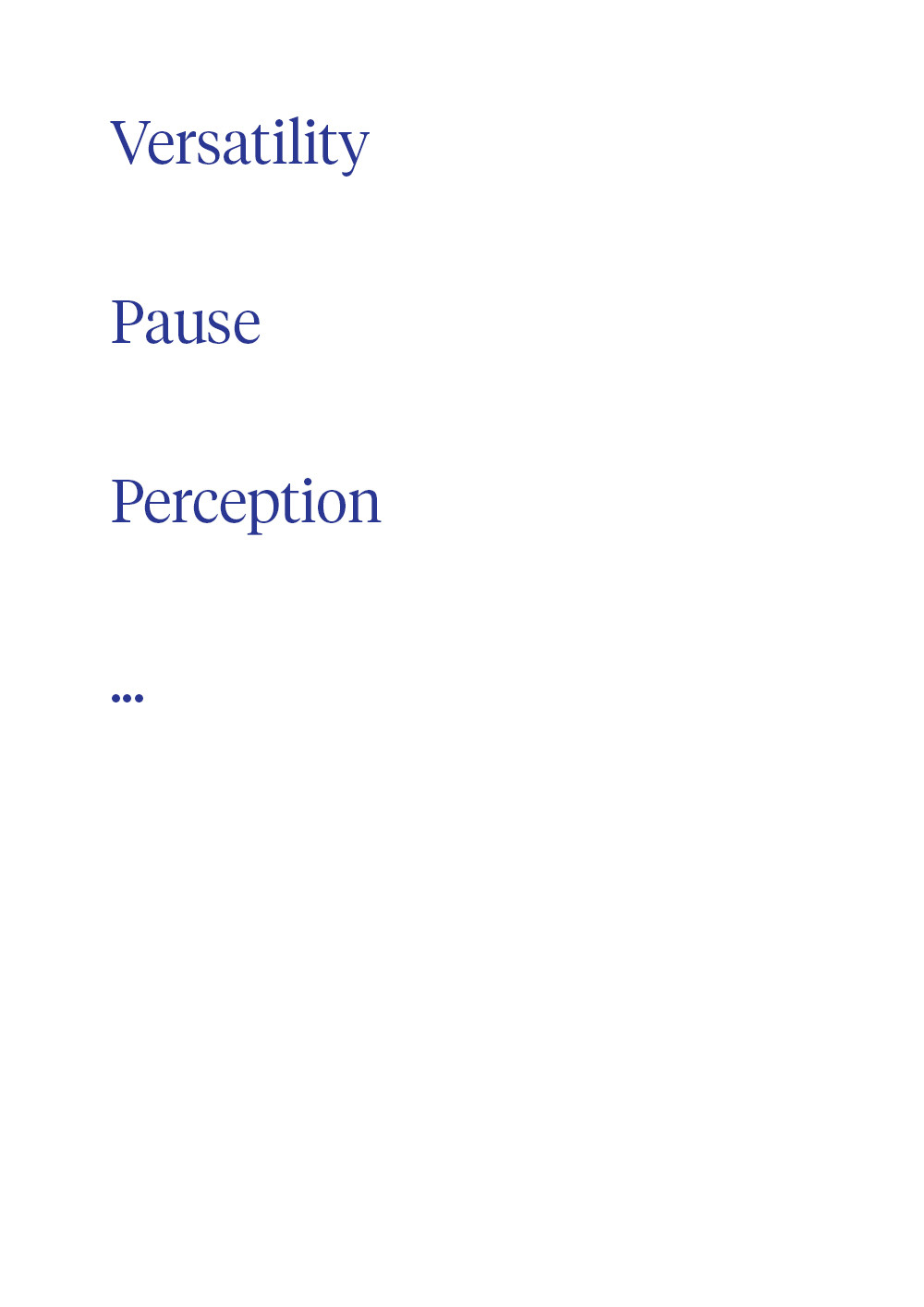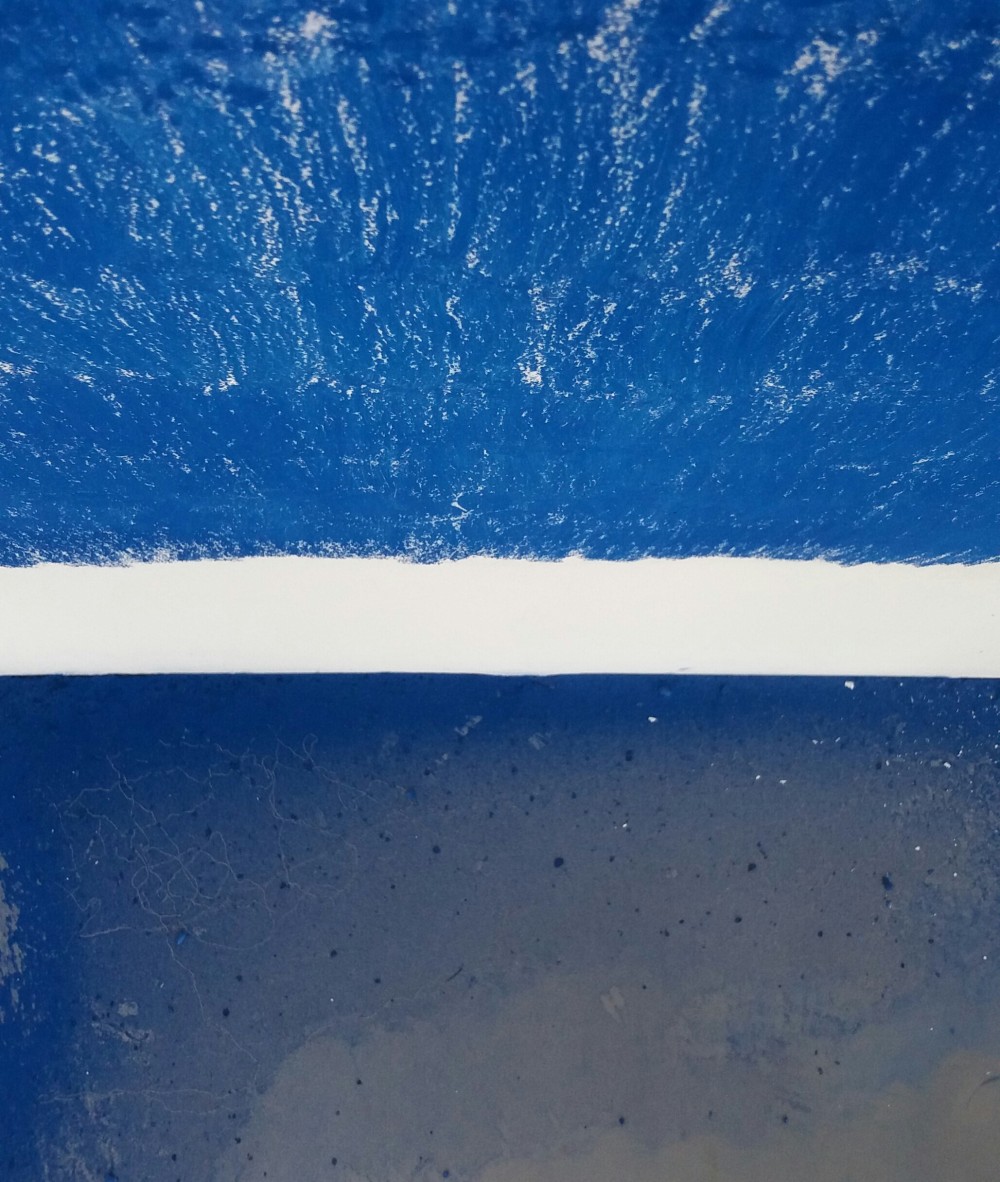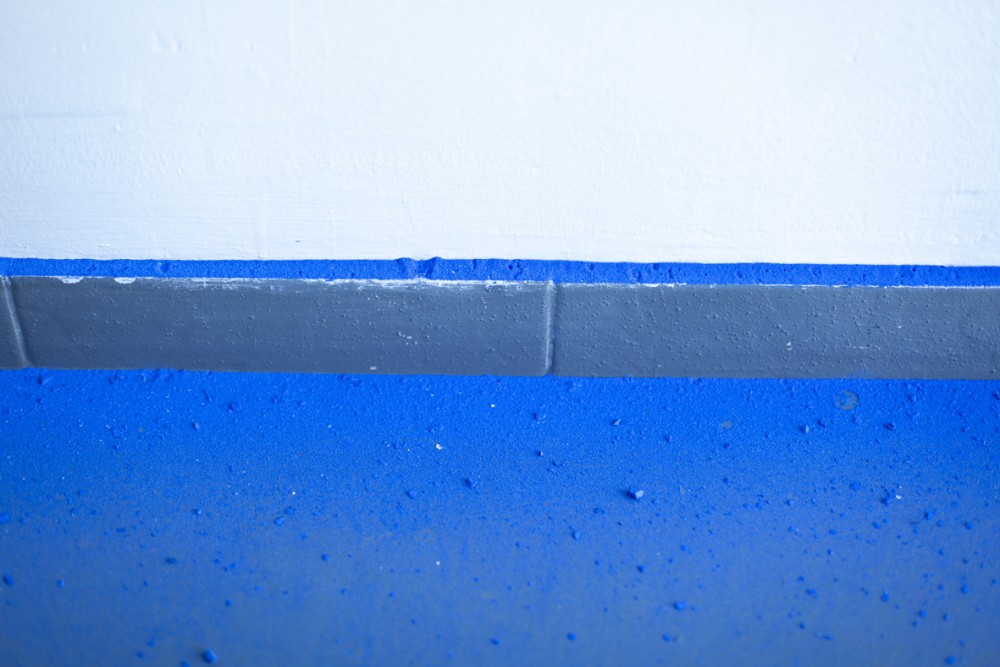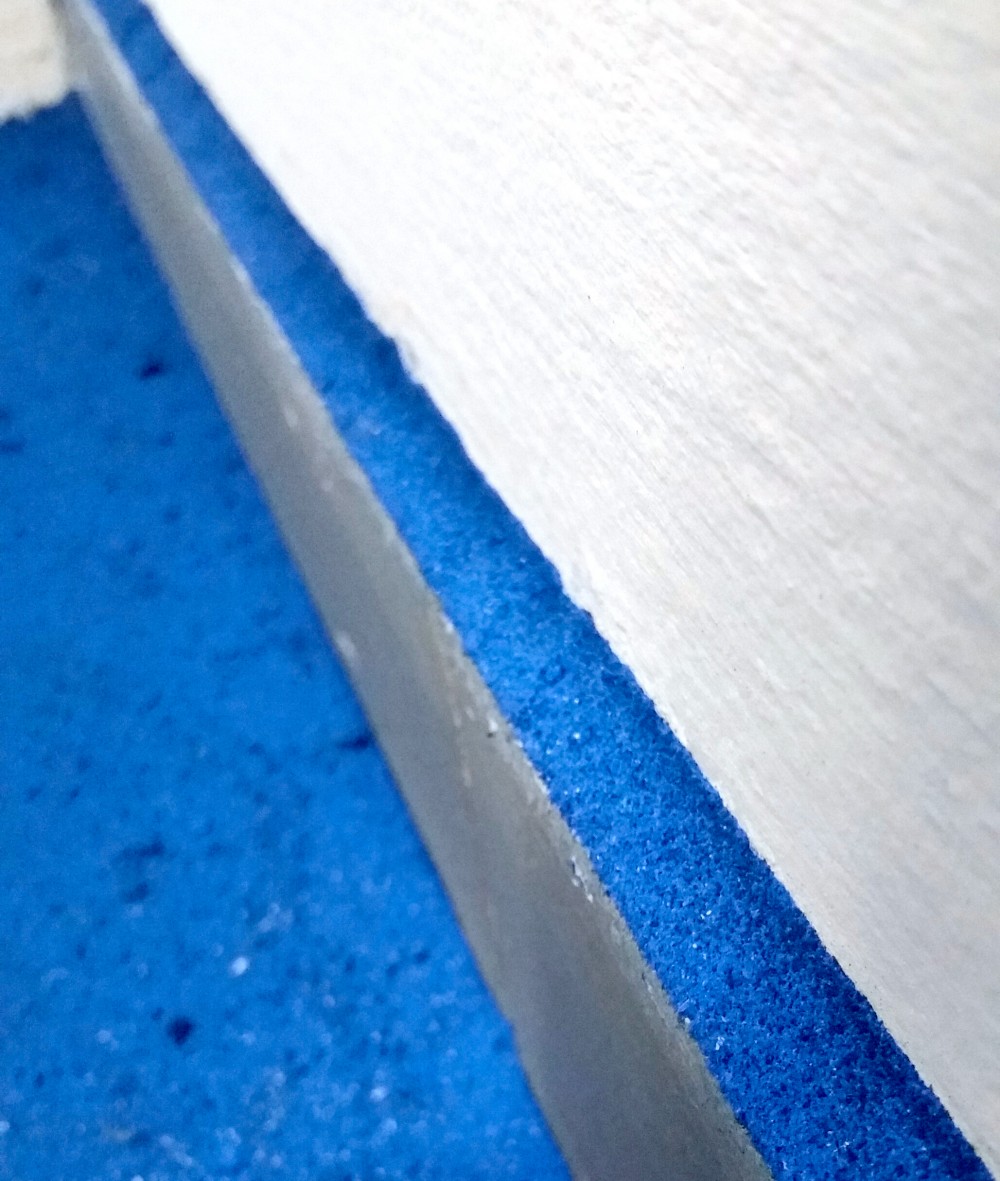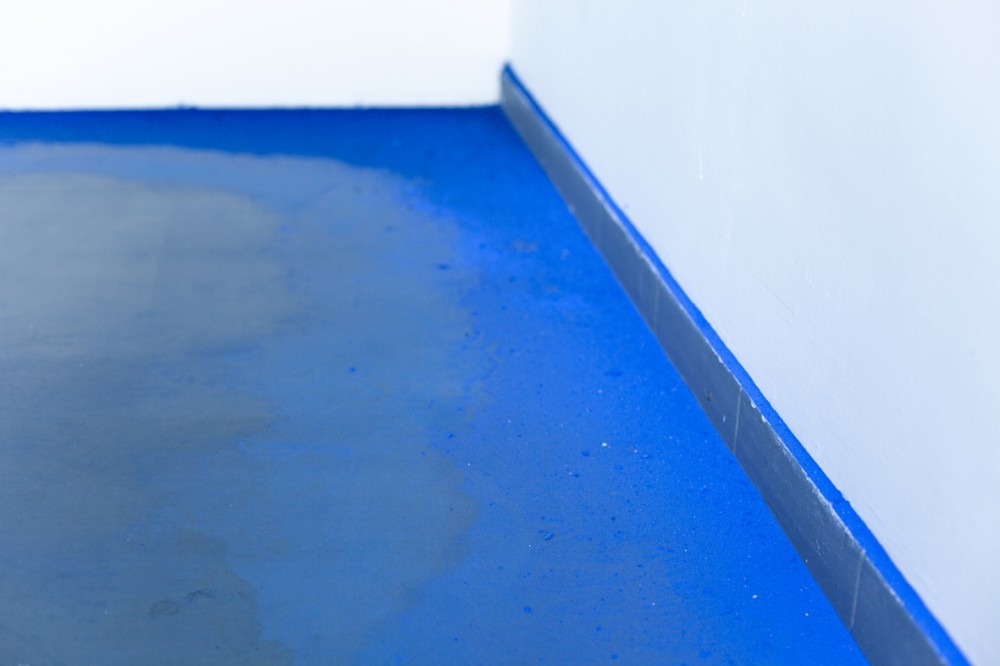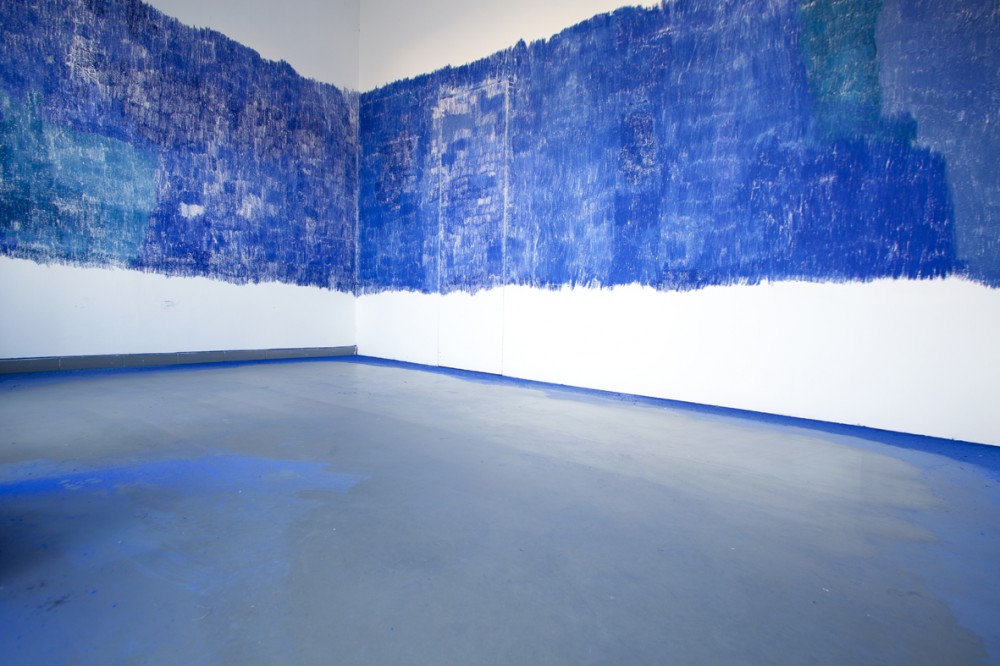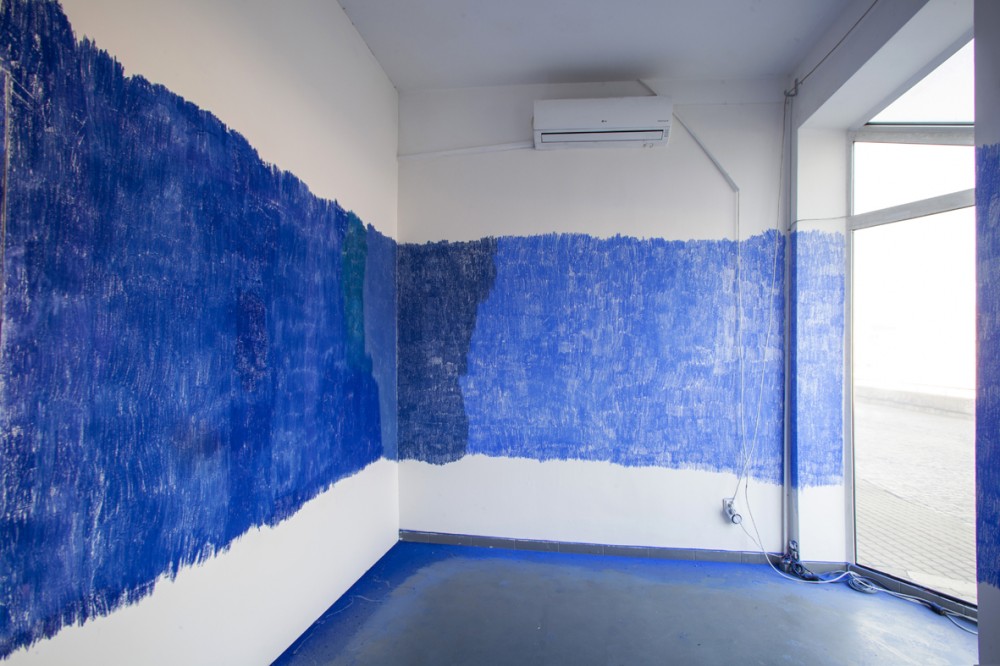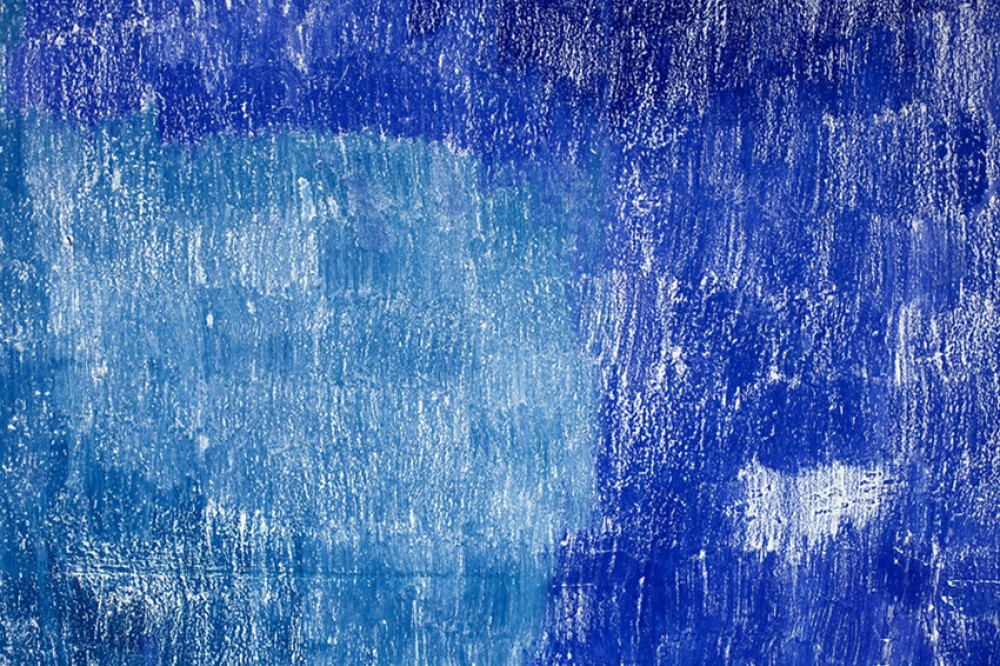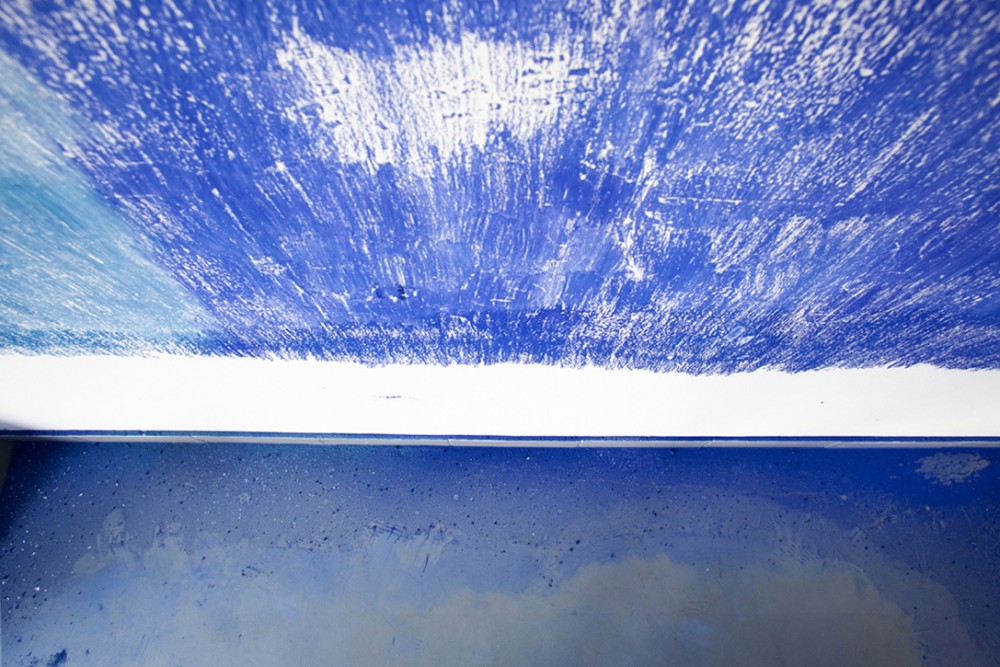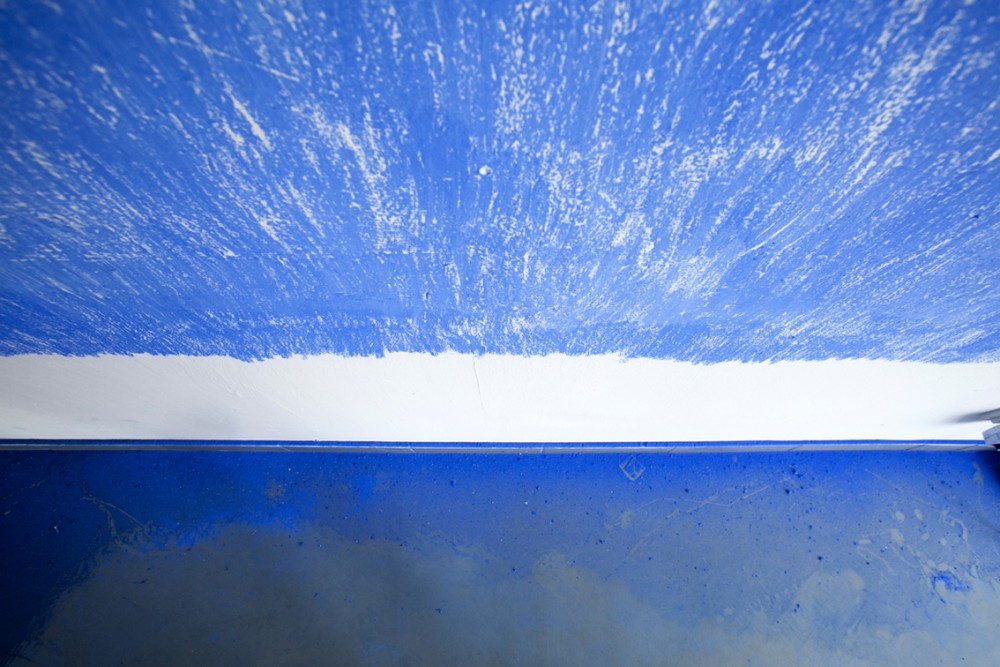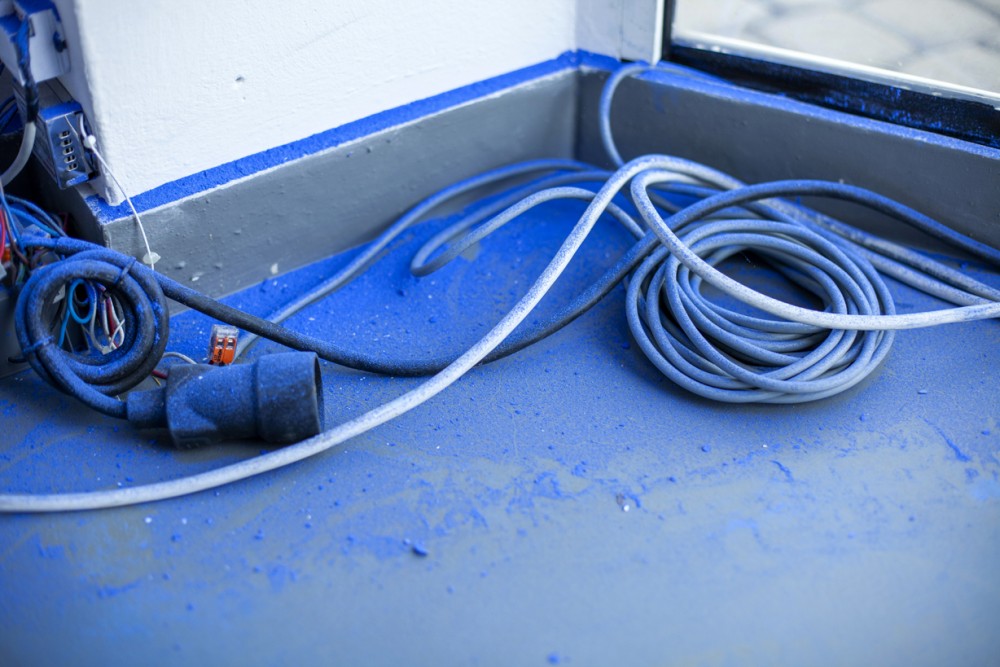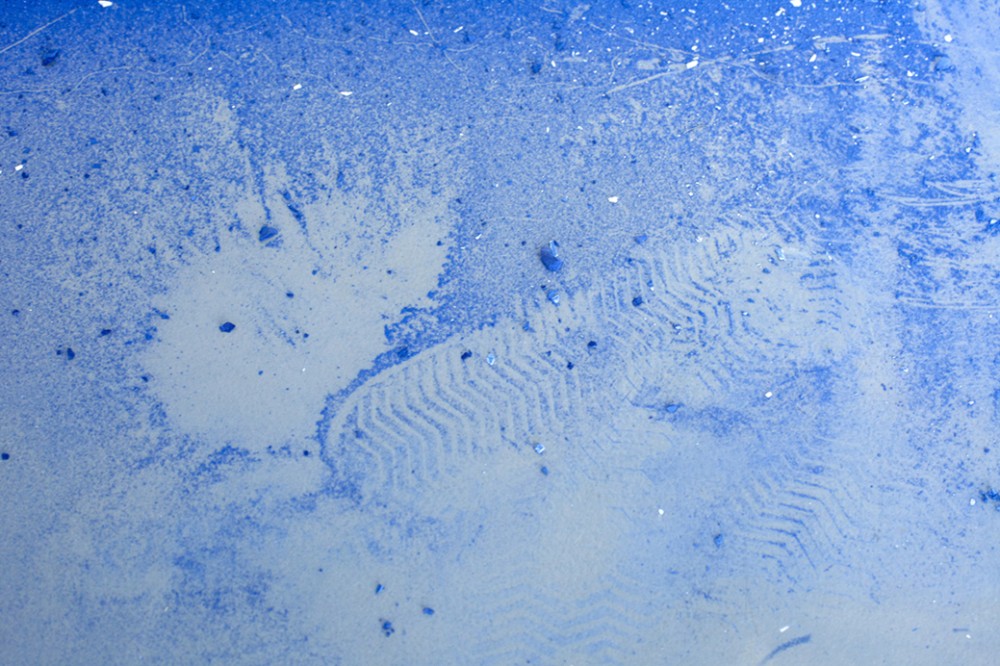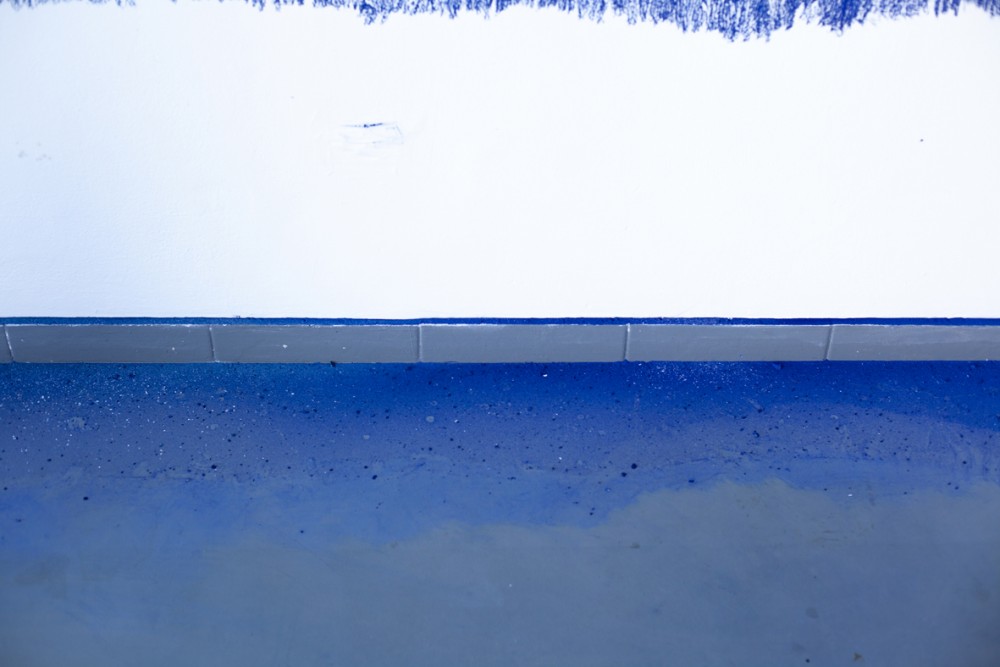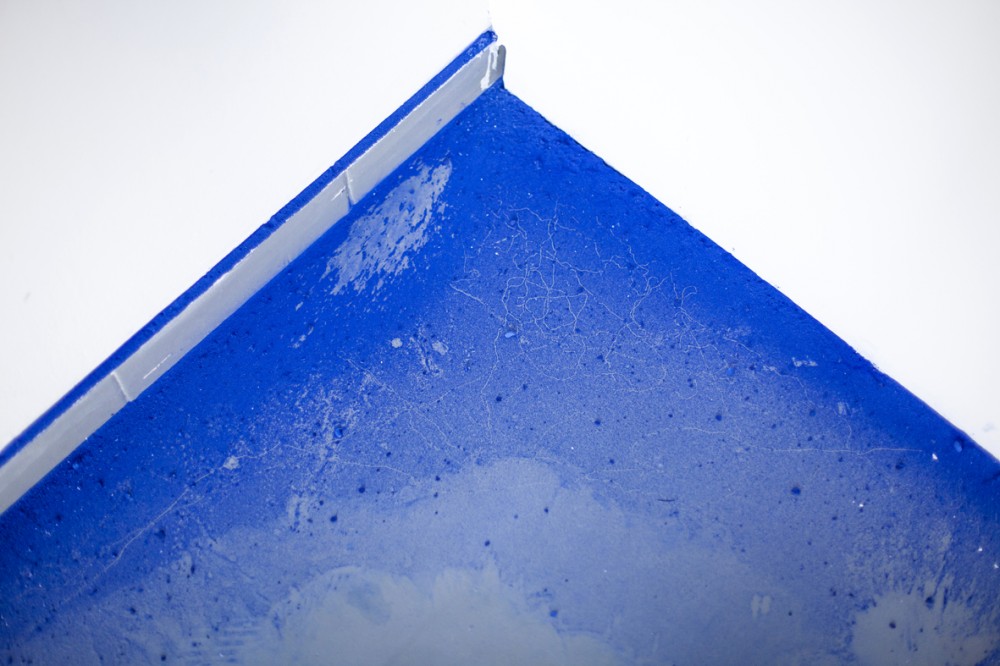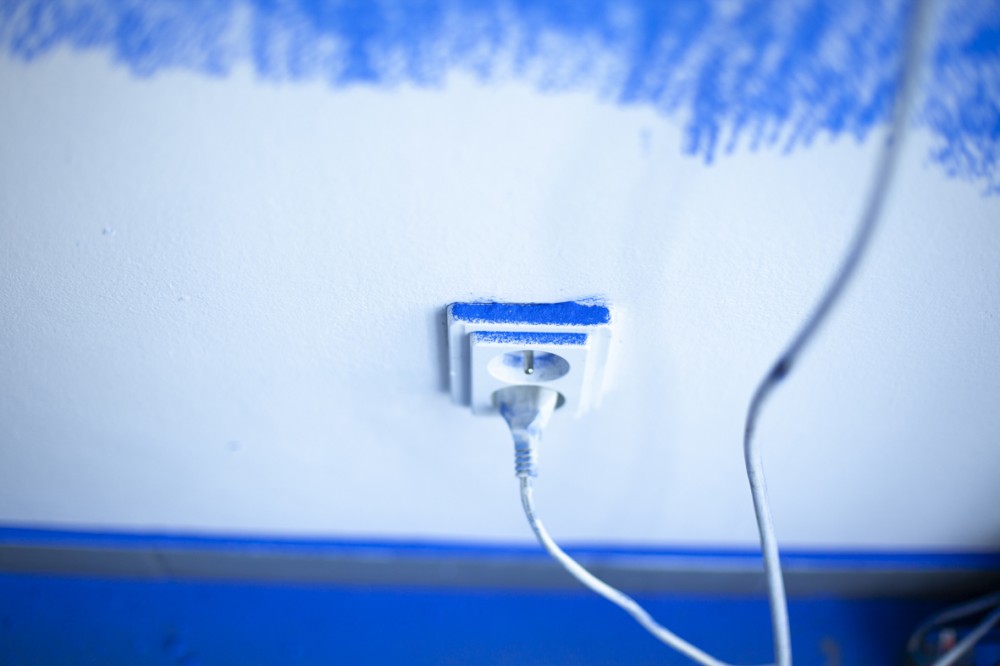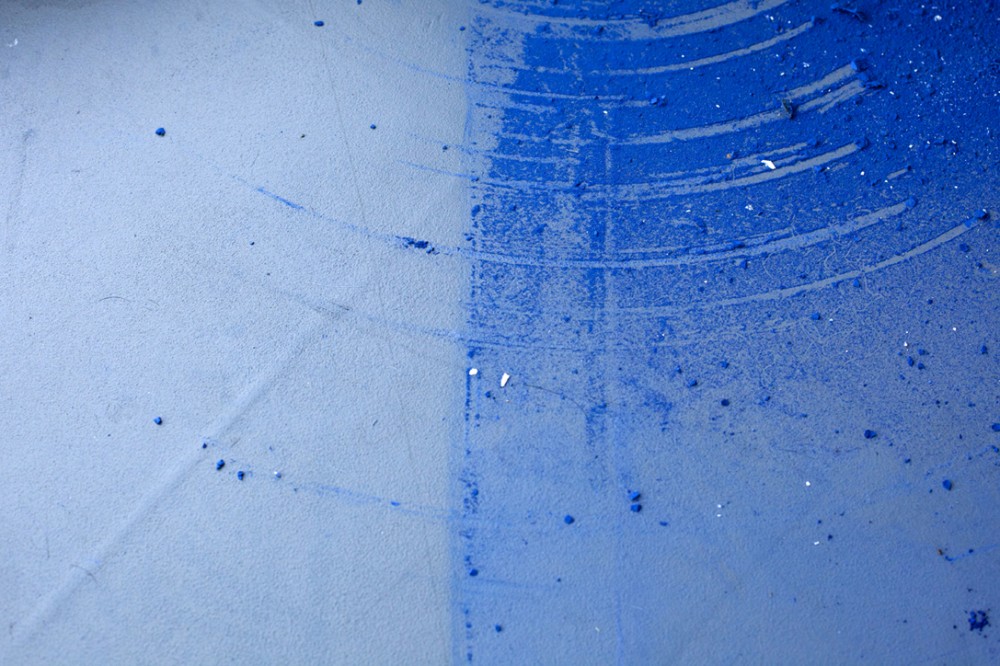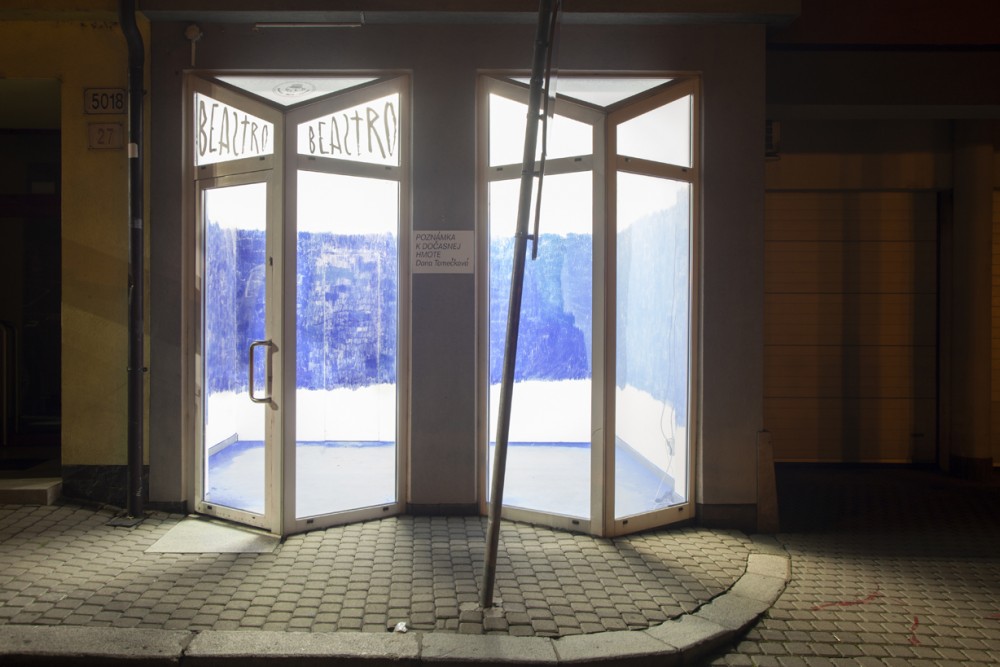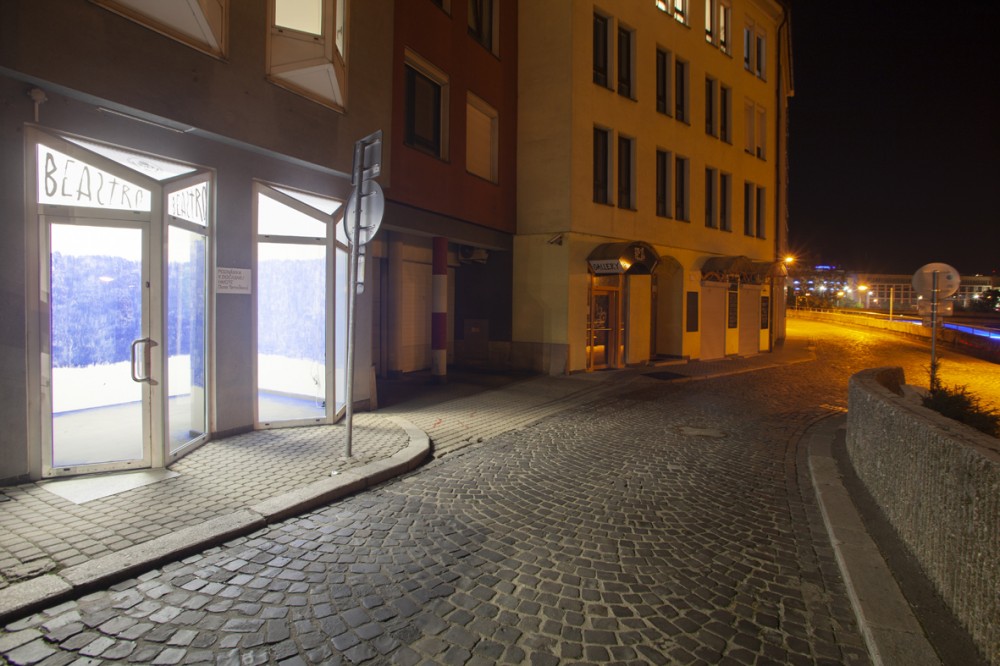Footnote on the Temporary Matter
Versatility
Our consciousness has its basic property - volatility, instability; it has its own mobility, jumping from one subject to another, searching for new sensory stimuli or moving on the axis past ––– future (memory ––– vision). In general, we tend to remain in motion - physically and mentally, in space or mind. Perceiving things (the mind or the world) means perceiving them through the motive body in the time that is taking place and space that is changing.
Pause
But how to perceive the present, a world unencumbered by learned knowledge; a world standing in front of what we call scientific objectivity, simply, reality here and now? In other words, how can the present show itself to us in its fullness, duration and in its openess, the world "flowing" inside us through sensory endings? And how to materialize this pure event, keep it in space, fill the space with it, make it visible?
Perception
Attention is characterized as an act of pause in which the object of interest is clearly defined and separated from its surroundings (Renaud Barbaras). In fact, attention is opposed to the mobility of the world and our own instability. To suspend the "skipping" and "disobedient" consciousness, to concentrate it on something happening here and now, literally to "instruct" attention, to "immerse" oneself in something that simply flows; this is exactly what Dana Tomečková is trying to do in the current exhibition in Beastro entitled Footnote on the Temporary Matter. Persistent and repetitive movement of a drawing filling the surface of the walls, rhythmic and continuous repetition of the act of a hand holding a pastel. A simple and at the same time common activity that we know from childhood, a defined territory of a drawing, a "zone" of transformation of solid matter (pastel) into dust slowly falling to the ground due to gravity. Every move in the room is like a "soft" inaccurate unit of time, a thing of the past. Tomečková's spatial drawing is a record of past event, it is a "retention" of the ephemeral presence, that leaves behind only the strokes disappearing into the surface grandients and the blue pigment dust on the floor of the gallery. In this project, however, the author does not want to teach us about the nature of time, she simply creates a situation into which it is possible to "enter" and to pause.
Cooperation and text: Erik Vilím
4.9.-30.9.2020
